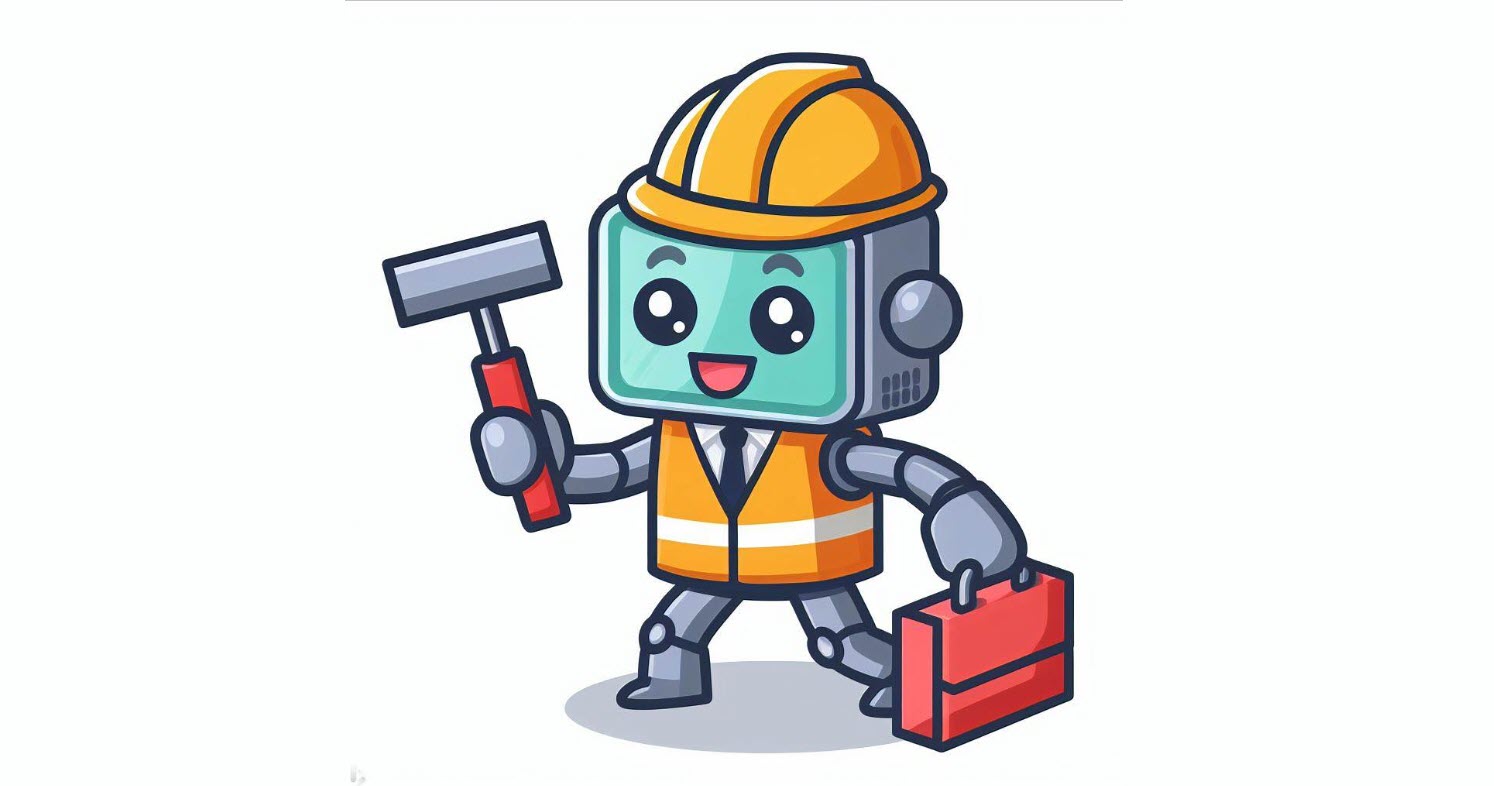China’s Vision for Humanoid Robotics
China has made a bold proclamation that could revolutionize the tech landscape: it aims to mass-produce humanoid robots within the next two years. According to a recent policy document from China’s Ministry of Industry and Information Technology (MIIT), these advanced robots are touted to be as transformational as the advent of smartphones.
The MIIT’s visionary document outlines a future where, by 2025, China will have achieved an “advanced level” in humanoid robot production. They’re seen as the next big wave in technology, following the footsteps of computers, smartphones, and electric vehicles.
Progress and Potential
Although specifics are scarce, the intent is clear: China wants to be at the forefront of humanoid robotics. Pioneers like Fourier Intelligence, a Chinese startup, are gearing up to meet these ambitions head-on. The company has revealed plans to mass-produce their GR-1 humanoid robot by year’s end, with aspirations to deploy thousands capable of moving at 5 kilometers per hour and hauling up to 50 kilograms by 2024.
But it’s not just Chinese companies in the race. U.S.-based Agility Robotics is also making strides, planning to open a production facility in Oregon for their bipedal robots capable of human-like movement. Amazon has taken interest, trialing these robots for potential warehouse automation.
International Efforts and Tesla’s Optimus
The global landscape of humanoid robotics is competitive, with Tesla also joining the fray. Elon Musk introduced the Tesla Bot, or Optimus, indicating that while still in early stages, its development is steadily progressing.
The Multifaceted Applications of Humanoid Robots
The possibilities for humanoid robots extend far beyond the factory floor:
Scientific Exploration
Robots like NASA’s Robonaut 2 are designed to operate in extreme environments such as space, assisting in tasks that would be risky for human astronauts.
Personal Assistance
Humanoid robots could provide invaluable support to the elderly or disabled, aiding with daily tasks or offering companionship. Robots like Pepper have already shown the potential to interact with humans through speech and expressions.
Education and Entertainment
Educational roles, entertainment, and even performing arts could be revolutionized by humanoid robots, with examples like Sophia engaging with humans on a conversational and emotional level.
Search and Rescue
In disaster relief, humanoid robots like Atlas can navigate through rubble, aid in search and rescue efforts, and handle hazardous materials, potentially saving lives in environments too dangerous for humans.
Industrial Applications
In manufacturing, humanoid robots could take on tedious or dangerous tasks, working alongside humans to increase efficiency and safety.
Conclusion
China’s declaration signals a significant shift in the technological paradigm, positioning humanoid robots as a cornerstone of future innovation. With the potential to impact a variety of sectors, the race to develop and deploy these robots is not just about economic advantage but also about harnessing technology to solve some of humanity’s most pressing challenges. As this field evolves, it will be fascinating to watch these developments unfold and see how they shape the world in the years to come.





